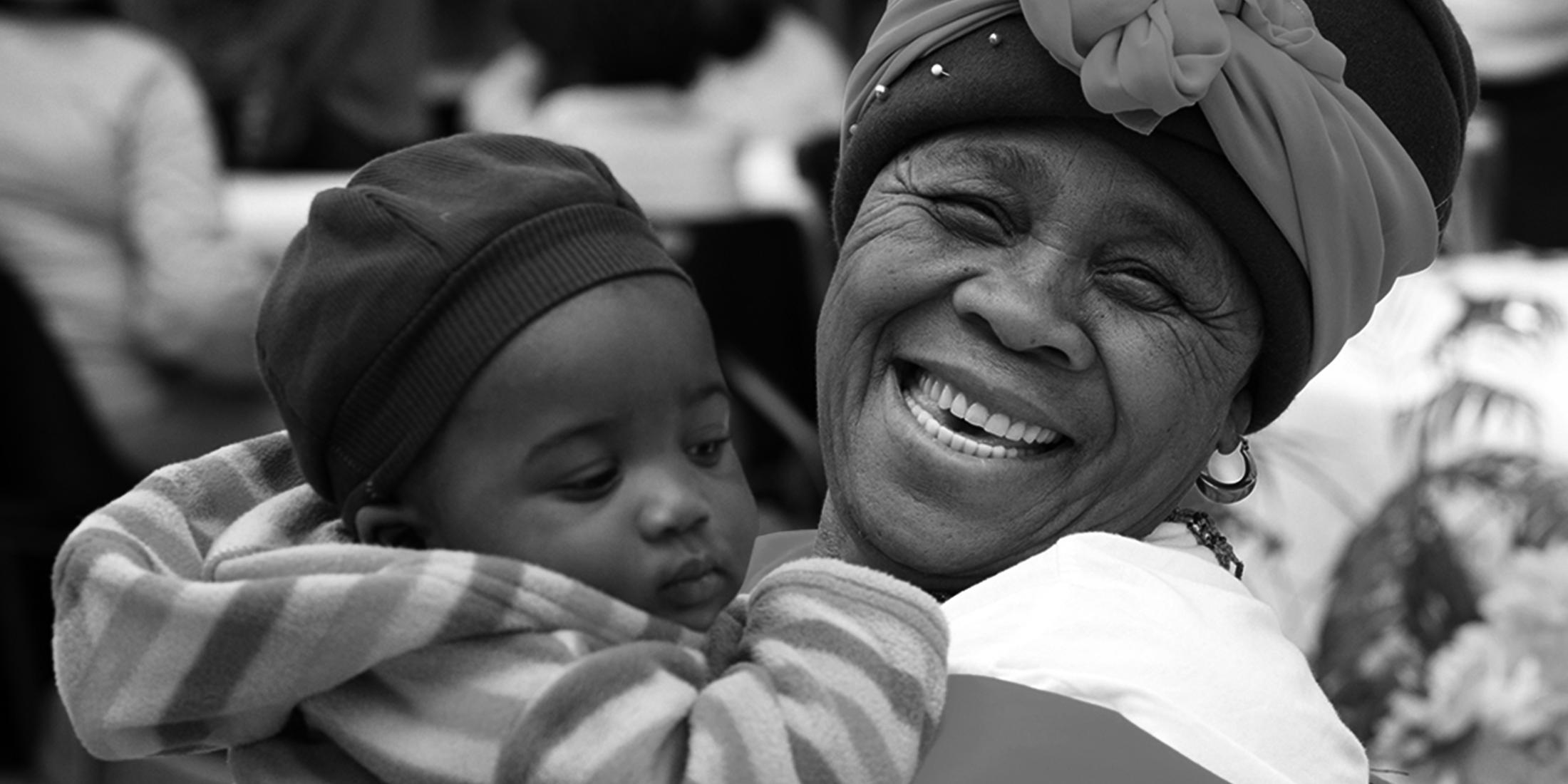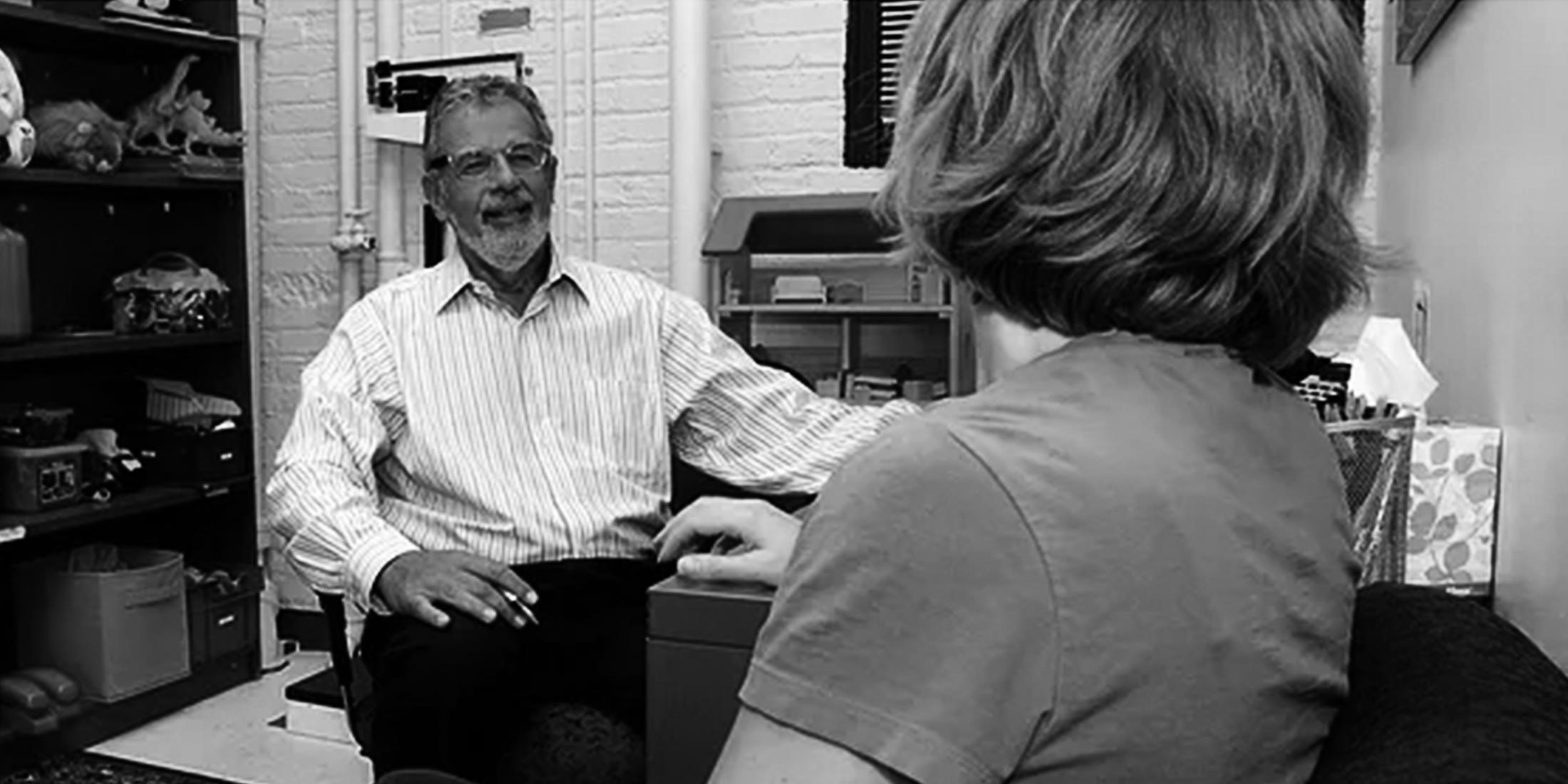Our site is currently undergoing a transition, updates may be delayed. We appreciate your patience.
Definition
Child maltreatment is the abuse and neglect of people under 18 years of age. It includes all forms of physical and/or emotional ill-treatment, sexual abuse, neglect or negligent treatment or commercial or other exploitation, resulting in actual or potential harm to the child’s health, survival, development or dignity in the context of a relationship of responsibility, trust or power. Four types of child maltreatment are generally recognized: physical abuse, sexual abuse, psychological (or emotional or mental) abuse, and neglect.
The diamonds show the median value in the range of lifetime prevalence estimates reported by studies in the database. These do not represent national or regional prevalence estimates. Use the buttons below to select different forms of child maltreatment by country/area or by WHO region. The countries/areas in each WHO region can be found here.
African Region
Region of the Americas
Eastern Mediterranean Region
European Region
South-East Asia Region
Western Pacific Region
28%
19%
26%
10%
15%
21%
The triangles show the relative importance of the potential consequences of child maltreatment. They are based on a measure of association (median odds ratios) between child maltreatment and the consequence in question across the relevant studies. Estimates based on a larger number of studies are likely to be more reliable.
Health problems
Poor daily functioning
Mental and neurological disorders
Communicable disease
Excessive health service use
Other
2.4x
2.4x
2.4x
1.8x
Social and behavioural problems
Attachment problems
Poor self-regulation
Low self-esteem
Subsequent violence victimization
Other
41.2x
3.2x
2.4x
2.0x
Impaired cognitive and academic performance
Cognitive impairment
Poor academic performance
Poor language functioning
Other
1.8x
1.3x
1.3x
Economic problems
Work absenteeism
Lower socioeconomic status
Gambling
Unemployment
Other
1.8x
1.7x
1.6x
1.4x
The triangles show the relative importance of different risk factors for child maltreatment. They are based on a measure of association (median odds ratios) between child maltreatment and the risk factor in question across the relevant studies. Estimates based on a larger number of studies are likely to be more reliable. Not all risk factors are found in all social and cultural contexts.
Individual (child)
Substance abuse
LGBT (Lesbian, gay, bisexual, and transgender)
Externalizing behaviour problems
Intellectual disability
Other
4.7x
3.9x
3.3x
2.7x
Individual (parent/caregiver)
Low self-esteem
Unplanned or unwanted pregnancy
Poor impulse control
Mental and neurological disorder
Other
3.0x
2.9x
2.8x
2.8x
Relationship
Poor parent-child relationship
Parental death/separation
Poor family relationships
Violence in the family
Other
3.1x
2.4x
2.2x
1.9x
Community
High rates of violence
Immigration
Other
1.6x
1.5x
Societal
Other
Prevention strategies aim to stop violence from occurring in the first place. A list of these strategies appears below. Only strategies with data in the database are included. Other promising strategies may exist which will be added when outcome evaluation studies are published. Each strategy includes several different interventions across a range of effectiveness, with higher values indicating greater effectiveness. Click on each strategy name to see the intervention effectiveness studies.
Response strategies aim to reduce the immediate and long-term consequences for victims of violence and/or offer treatment for perpetrators of violence. A list of these strategies appears below. Only strategies with data in the database are included. Other promising strategies may exist which will be added when outcome evaluation studies are published. Each strategy includes several different interventions across a range of effectiveness, with higher values indicating greater effectiveness. Click on each strategy name to see the intervention effectiveness studies.
Psychological therapy for child victimsPsychological therapy for adult survivorsFamily and child therapyMulticomponent programmesFamily preservation home support programmesHome visitingParenting programmesDevelopmental support for child victimsOffending parents support groupSexual offender treatment programmesPsychological therapy for survivors
Examples of strategies and interventions
This section contains examples of strategies and specific interventions with some evidence for effectiveness. They have been chosen for illustrative purposes, and their inclusion in Violence Info does not mean that WHO endorses them.

Parenting for Lifelong Health (PLH)
A suite of four affordable parenting programmes for children 0–18 years of age to prevent child maltreatment and other forms of violence expressly designed for low- and middle-income countries.
See details

Nurse Family Partnership (NFP)
NFP is an evidence-based nurse home visiting programme that aims to prevent child maltreatment by improving the health, well-being and self-sufficiency of vulnerable and/or first-time parents and their children.
See details

The Safe Environment for Every Kid (SEEK)
SEEK uses paediatric primary care to help prevent child maltreatment in families where risk factors may be present.
See details
Main survey instruments
This section describes some of the survey instruments most widely used to measure the prevalence of child maltreatment.
Adverse Childhood Experiences (ACE)
To assess the prevalence of adverse childhood experiences and their associations with long-term health risk behaviours and health outcomes.
See detail
Juvenile Victimization Questionnaire
To assess crime, child maltreatment, and other kinds of victimization experiences during childhood.
See detail
International Child Abuse Screening Tool (ICAST)
To enable collection and comparison of data across cultures, time or between research groups on the extent of child abuse.
See detail
Parent-Child Conflict Tactics Scale (PC-CTS)
To assess conflict between children and parents/caregivers, and disciplinary behaviour of parents/caregivers including parental psychological and physical maltreatment and …
See detail